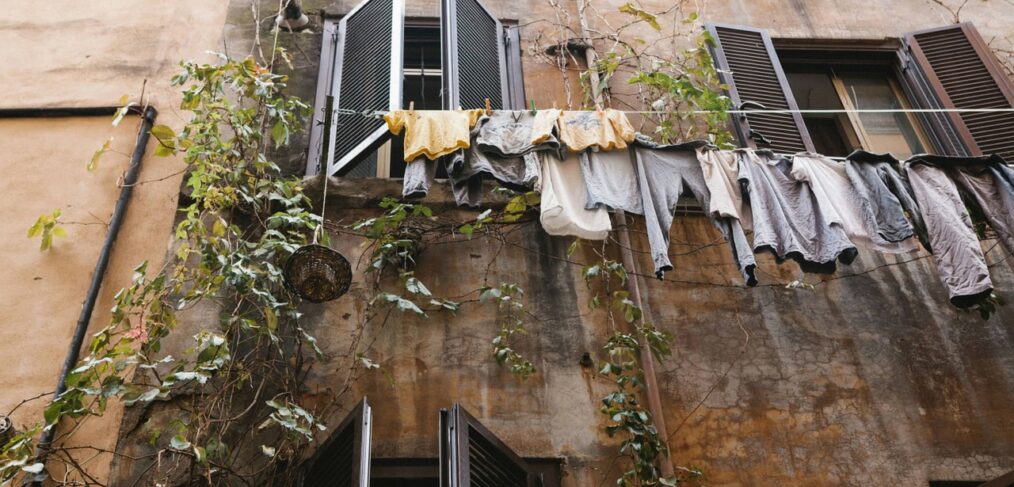
PRESS RELEASE: European Environment Agency urges circular economy in textiles
|
|
Today, the European Environment Agency (EEA) published two reports on environmental and climate impacts of the textile sector. Ahead of the expected EU Sustainable and Circular Textiles Strategy, the EEA proposes measures to reduce the impacts of resource use, greenhouse gas emissions and micro plastic pollution. Adopting a circular economy in the textile sector can reduce the negative impacts of clothing production, use, and disposal without compromising the value and lifespan of textile products. Applying a circular design, such as appropriate material selection or garment multifunctionality, reduces negative impacts on the environment. Textiles are a major source of micro plastic pollution.
Green MEP Jutta Paulus, member of the Environment Committee, comments:
“It is high time that the European textile industry becomes more sustainable. In recent years, negative impacts on the environment and climate have steadily increased. Instead of fuelling the trend towards throwaway fashion or “fast fashion”, the European textile industry should focus on sustainable consumption. The European Circular Economy Action Plan already calls for sustainable public procurement; this must also apply to textiles. Similarly, the EU Ecodesign Directive and the REACH Regulation need to be supplemented: it is readily possible to replace problematic chemicals in the production and processing of textiles or to equip washing machines with filters for micro plastics.
Cheap disposable fashion harms the environment, climate, health and social justice. That is why the law on supply chains announced by the Commission must ensure that manufacturers and suppliers of textiles in third countries are held accountable, because a large part of the negative environmental and climate impacts of the European textile industry occur outside the EU and endanger the health and environment of the people living there.”
More information:
EEA reports on textiles: https://www.eea.europa.eu/highlights/circular-business-models-and-smarter/
